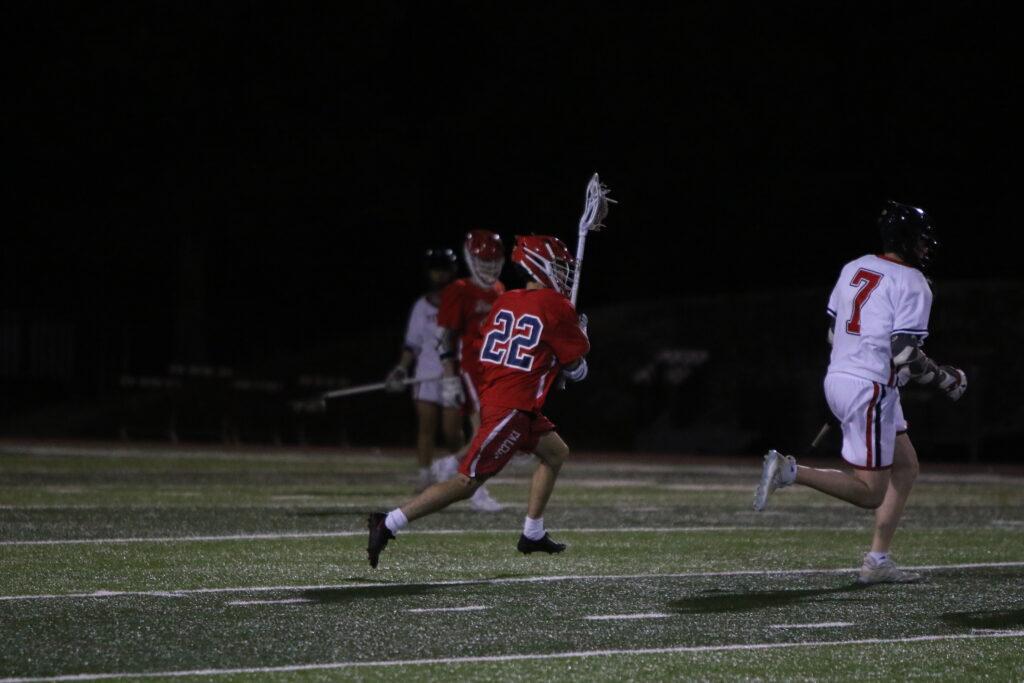In order to shed some light on the CCS qualification and division placement process, I decided to read through the CCS bylaws in order to simplify the system. However, I learned that despite the Central Coast Section’s effort to acknowledge and celebrate athletic excellence, the CCS playoffs seem more like a math contest than a sporting event.
To begin my search, I asked athletic director Peter Jordan to explain the process. He told me that CCS divisions were determined chiefly by enrollment size, and Saratoga sports teams are placed in the third division, characteristic of a smaller school.
However, Jordan could not explain why the girls’ soccer team was placed in the second division this year for the playoffs. “As far as I know that hasn’t happened before,” Jordan said. “I honestly don’t really understand it.”
In order to solve Mr. Jordan’s question, I decided to find the reason why the girls were placed in a higher division. After reading through a convoluted point system for qualification and seeding, I found that soccer teams can actually change CCS divisions, unlike in other sports such as football. In order to move up a division, a team must merely apply to CCS. Thus the Falcon girls finished in first-place in the second-tier El Camino league and were able to obtain a 10-seed in the Division two playoffs.
Although I managed to understand the soccer CCS playoff system, I found the bylaws for sports like football and basketball to be utterly indecipherable. In fact, the CCS system evoked another playoff system which is completely muddled and baffling: the college football Bowl Championship series.
Like the BCS, CCS is based largely on metrics and numbers instead of actual viewership of a team; while rankings based on computer formulas are used in the BCS, a complicated number assignment system determines CCS seeding.
And while the BCS is often deplored because teams from smaller schools such as TCU and Boise State can have undefeated seasons and still have no chance at a national championship, CCS deserves equal criticism because teams that win CCS championships in lower divisions do not get a chance to play the winning teams of higher ones.
Obviously, CCS needs a metamorphosis in order to become simpler and fairer. All CCS playoffs should change their systems to encompass a single-bracket tournament, like the current CCS tennis playoffs. Teams can play similar-level opposition during the regular season, but the playoffs’ purpose should be to find a champion, and not to accommodate teams that want fair competition (and an easier championship).
Currently, the Saratoga football team is in a lower division than the Los Gatos football team, and no matter whether Saratoga beats Los Gatos next year and finishes higher in the De Anza League, Los Gatos will be in a higher CCS division unless Saratoga joins the open division, reserved for the eight best teams in CCS.
Additionally, instead of basing its seeding on math, CCS should create a committee to determine seeding and qualification. This system would be similar to that of the NCAA basketball tournament, which is much more critically acclaimed than the BCS system. In the current CCS system, two teams with matching records could be subject to a coin toss to determine which team enters the playoffs. No consideration regarding quality wins against good teams is taken.
With a new system in place, CCS could stage successful playoff tournaments with less controversy. Schools like Saratoga High teams would receive the opportunity to play the best of the best in every sport, and although they might not win, the elite competition would provide valuable experience and promote further improvement.


























